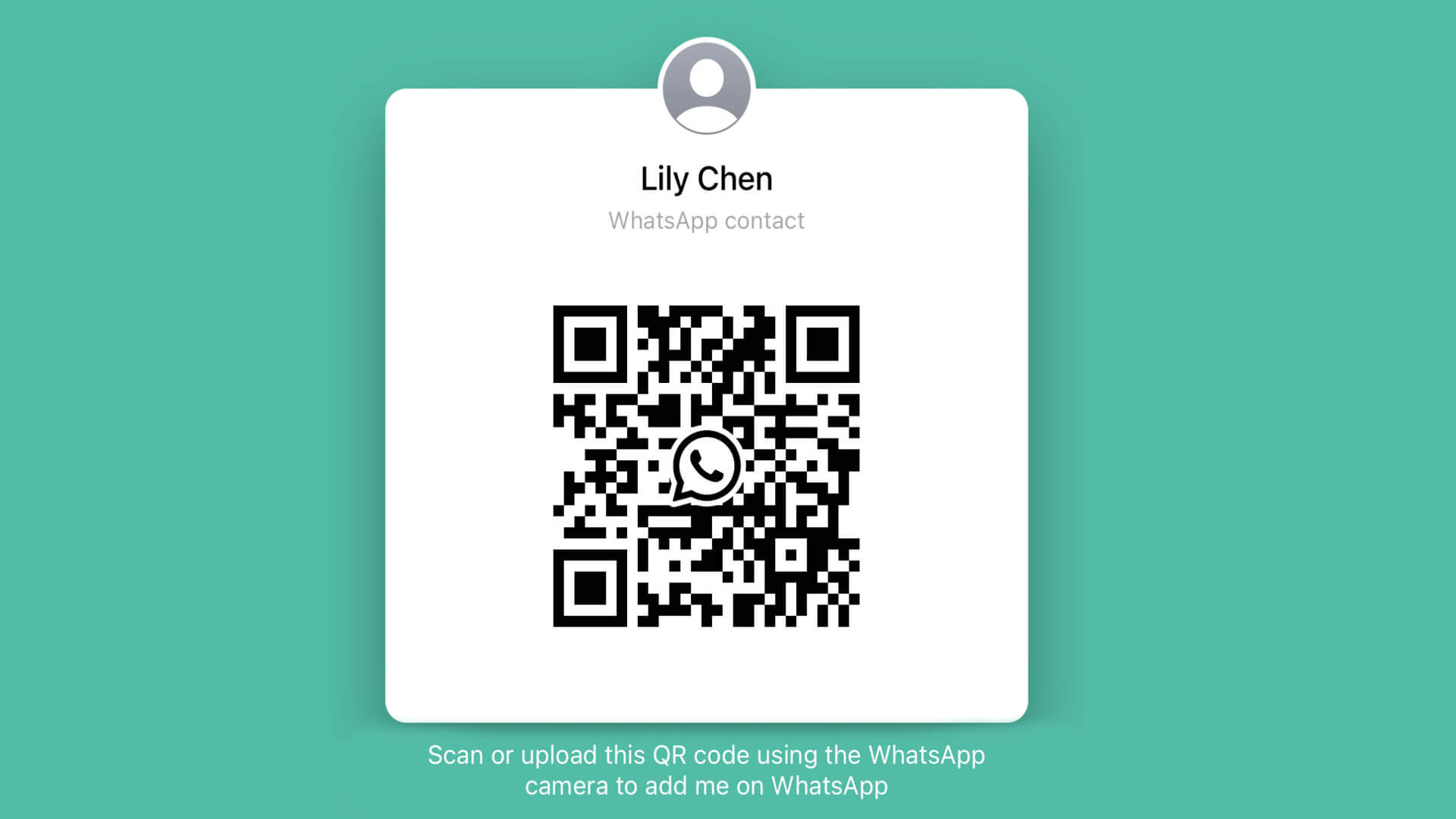
Gansu Provincial Museum
- Chinese name: Gansu Provincial Museum
- Location: No. 3 Xijin West Road, Qilihe District, Lanzhou City, Gansu Province
- Area: 43000 m²
- Category: Comprehensive Museum
- Attraction level: National first-class museum
- Commissioning time: 1939
- Opening hours: Every Tuesday to Sunday 9:00-17:00, last ticket at 16:15, stop admission at 16:30, closed on Monday (except holidays)
- Ticket Price: Free

Gansu Provincial Museum
Gansu Provincial Museum is located at No. 3 Xijin West Road, Qilihe District, Lanzhou City, Gansu Province, with a total area of 43,000 square meters. It is an intelligent and comprehensive museum integrating the exhibition area and so on. Its predecessor was the Gansu Science Education Museum established in 1939.
The Gansu Provincial Museum has collected precious cultural relics from ancient times to modern times in Gansu. It has more than 80,000 pieces (groups) of precious historical relics and natural specimens, especially Gansu painted pottery, which is the crown of the Neolithic Age, Han Dynasty bamboo slips, Han and Tang Dynasties. The treasures of the Silk Road, Buddhist art treasures, paleontological fossils and other precious cultural relics are featured.
Gansu Provincial Museum is the central position and important place for publicity, education, culture, tourism and foreign affairs activities in Gansu Province. At the end of 2012, Gansu Provincial Museum was promoted to a national first-class museum.

Gansu Provincial Museum Video
Gansu Provincial Museum Tourist Map
Gansu Provincial Museum Travel Guide
Gansu Provincial Museum is located in Qilihe District, Lanzhou City. There are many precious cultural relics and treasures in the museum. The splendor and richness rank among the top museums in the country. Since Gansu is located on the Silk Road and at the junction of the Han and Tibetan regions, a large number of cultural relics that can reflect the cultures of the Western Regions, the Central Plains, and Tibetan areas have been unearthed and displayed, making the cultural relics in the museum colorful and unique. Worth a visit. The Bronze Statue of a Horse Stepping on a Flying Swallow and the Bricks of a Post Envoy in the museum are famous and precious national treasures, so you must not miss them when you visit here.
The museum has three floors, which are divided into Silk Road Civilization Exhibition, Gansu Buddhist Art Exhibition, Gansu Painted Pottery Exhibition, Paleontology Exhibition and Red Gansu Theme Permanent Exhibition Hall, among which the three themes of Silk Road, Buddhism and Painted Pottery are more exciting. You can visit according to your interests. There is also a temporary exhibition hall on the first floor, which often holds temporary exhibitions of cultural relics and artworks. There are many exhibits in the museum, and it usually takes nearly half a day to take a look around.
The Silk Road Civilization Exhibition is located on the second floor. It is the core exhibition of the Gansu Provincial Museum. The famous bronze statue of a horse stepping on a flying swallow is displayed here. The shape of this bronze statue is now a symbol of Chinese tourism. The bronze statue only has one foot on the ground. But it can stand firm, showing the superb casting skills in ancient times, and the horse treading on the flying swallow is also the treasure of the whole museum. The famous post envoy picture brick is also here, and the post envoy picture painted on it is now a symbol of China’s postal industry. In addition to these two national treasures, there are many precious cultural relics on the ancient Silk Road in the outer hall, including artifacts of the Central Plains culture, treasures left by the Western Regions and even European civilizations who arrived here via the Silk Road in ancient times, and Islam in ancient China. The culture left behind has its own characteristics. In some areas, the way of life and customs of the ancient Western Regions has been restored through sand tables and other methods, which is very ethnically diverse and eye-opening.
The Gansu Buddhist Art Exhibition is located on the third floor, and it is also an important exhibition in the museum. There are grottoes copied from Mogao Grottoes and Maijishan Grottoes, huge white pagodas and prayer wheels of Tibetan Buddhism, etc., walk into the exhibition hall It’s like being in a magnificent and huge temple. The Buddha statues and instruments displayed in the museum are also very exquisite. There are not only historical relics of Chinese Buddhism, but also precious religious artifacts of Tibetan Buddhism. This kind of integration can only be seen in Gansu, a region where Han and Tibetan are integrated. It is very interesting. feature.
The Gansu Painted Pottery Exhibition is also on the third floor. As soon as you walk into the exhibition hall, you feel like you are in an ancient tribe. The ancient thatched huts and the working tribal people have been reproduced. The portraits in the exhibition hall are very realistic, and if you look closely, you will have the illusion that they are real people. The museum displays many pottery from the Majiayao Culture, Qijia Culture, Yangshao Culture and so on. Although it was thousands of years ago, the pottery at that time was already very exquisite, with various beautiful patterns and unique shapes. , you can visit them one by one.
The paleontological theme exhibition is divided into two exhibition halls. The second floor is the fossil exhibition, which displays the fossils of ancient creatures such as dinosaurs. The more famous one is the fossil of the Yellow River ancient elephant, which is the largest ancient elephant fossil discovered in my country. On the third floor is the model exhibition of ancient elephants and dinosaurs. Walking into the exhibition hall is like being in the world of dinosaurs, and children will like it more.
There is a coffee shop on the second floor of the museum, the price is the same as the general coffee shop outside, if you are tired from walking, you can go in and have a cup of coffee and take a break. There are volunteers from time to time in the museum to provide explanation services for everyone, but you may not be able to meet them. It is necessary to make an appointment by phone in advance (reservation phone number: 0931-2339131), and the price varies from 100 to 300 yuan depending on the number of people and the language. You can also connect to the wireless network in the museum through your mobile phone, and listen to the audio explanation by scanning the QR code of the cultural relics. In addition, there are free wheelchair borrowing and luggage storage services in the museum.

Travel Tips:
- When visiting the museum, you must dress neatly. People who wear slippers are sometimes prohibited from entering. In addition, lighters, etc. cannot be brought in.
- Walk about 1 kilometer to the north of the museum to reach the Yellow River, and walk east along the Binhe Road to visit the Bund of the Yellow River.


